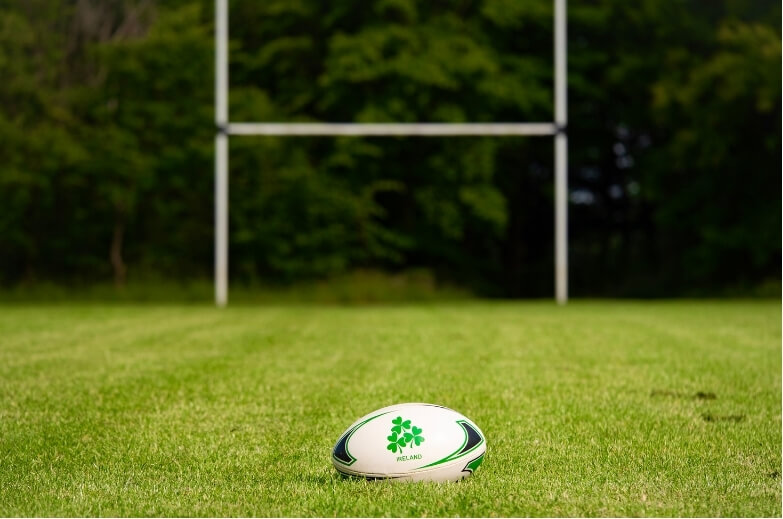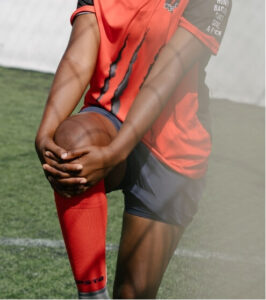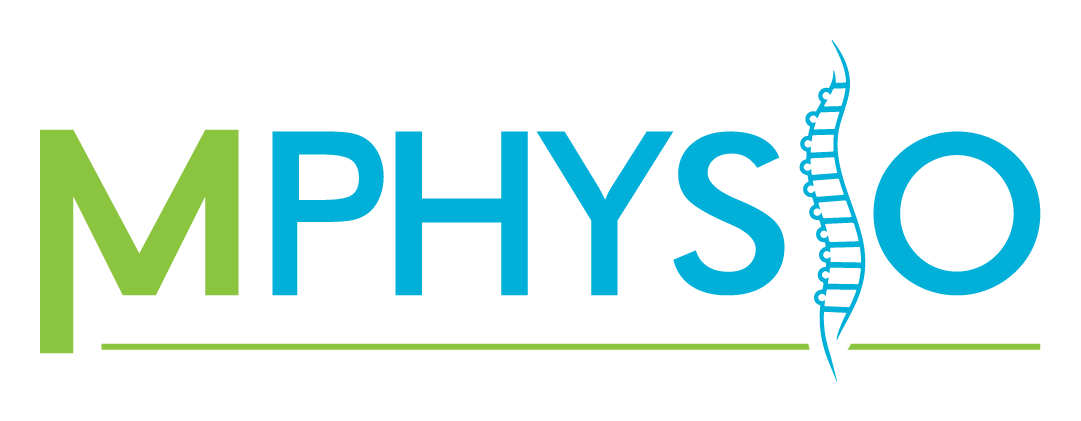Blog, Physiotherapy
Common Touch Football Injuries & How Physiotherapy Can Help Prevent Them

Touch football is a fast-paced and dynamic sport that requires agility, speed, and quick directional changes.
While it’s a non-contact sport, the intensity of the game still puts players at risk of injuries, particularly to the lower limbs.
Understanding the most common injuries in touch football, their warning signs, and how to prevent them with physiotherapy can help you stay in peak condition and avoid time off the field.
Common Injuries in Touch Football
- Hamstring Strains
Cause: The rapid acceleration, deceleration, and sprinting in touch football place significant strain on the hamstrings. A sudden overstretch or forceful contraction can lead to a strain.
Signs & Symptoms:
- Sharp pain at the back of the thigh.
- Swelling or bruising in more severe cases.
- Weakness or difficulty straightening the leg.
- Ankle Sprains
Cause: Quick changes in direction and sudden stops can cause players to roll or twist their ankle, leading to ligament sprains.
Signs & Symptoms:
- Pain and swelling around the ankle joint.
- Difficulty bearing weight on the affected foot.
- Instability or a feeling of the ankle “giving way.”
- Knee Injuries (ACL & MCL Strains/Tears)
Cause: Pivoting, sudden stops, and lateral movements increase the risk of ligament injuries, particularly the anterior cruciate ligament (ACL) and medial collateral ligament (MCL).
Signs & Symptoms:
- A popping sound at the time of injury (ACL tears).
- Swelling and knee instability.
- Pain when trying to change direction or bear weight.
- Groin Strains
Cause: Sudden side-to-side movements and overstretching can strain the adductor muscles (inner thigh).
Signs & Symptoms:
- Pain and tenderness in the groin area.
- Difficulty with side lunges or quick lateral movements.
- Tightness and reduced range of motion in the hip.
- Shoulder Injuries (Rotator Cuff Strains & Dislocations)
Cause: Diving for the ball or extending the arm to pass can put stress on the shoulder, leading to strains or, in more severe cases, dislocations.
Signs & Symptoms:
- Pain with overhead movements or throwing.
- Weakness in the shoulder.
- A feeling of instability in the joint (for dislocations).
How Physiotherapy Can Help Prevent Touch Football Injuries
A structured physiotherapy program focusing on warm-up routines, strengthening exercises, and movement control can significantly reduce the risk of injury.
injury.
- Warm-Up Exercises for Injury Prevention
A proper warm-up prepares muscles, joints, and the nervous system for explosive movements, reducing the risk of strains and sprains.
Example Warm-Up Routine (10-15 minutes):
- Jogging & High Knees (3-5 minutes) – Gradually increase intensity.
- Leg Swings (Front & Side, 10 each leg) – Improves hip mobility.
- Lunges with a Trunk Twist (10 reps per side) – Activates core and lower limb muscles.
- Butt Kicks & Lateral Shuffles (20m each way) – Prepares muscles for sprinting and lateral movements.
- Short Sprints (3 x 20m) – Gradually increase intensity before gameplay.
- Strength & Stability Exercises for Injury Prevention
Building strength and stability in key muscle groups reduces the risk of injury and enhances performance.
Key Exercises:
- Nordic Hamstring Curls (3 sets of 5 reps) – Strengthens the hamstrings to prevent strains.
- Single-Leg Balance with Ball Toss (3 sets of 10 per side) – Improves ankle and knee stability.
- Glute Bridges (3 sets of 12 reps) – Activates the glutes to support knee and hip stability.
- Side Planks (3 sets of 30 seconds per side) – Strengthens core and protects the lower back.
- Resistance Band Lateral Walks (3 sets of 10 steps each way) – Targets hip stabilisers to reduce knee injury risk.
Physiotherapy Treatment for Common Touch Football Injuries
If an injury occurs, early intervention with physiotherapy can speed up recovery and prevent long-term issues.
- Manual Therapy & Soft Tissue Treatment
Physiotherapists use hands-on techniques such as:
- Massage & Myofascial Release to reduce muscle tightness and improve circulation.
- Joint Mobilisations to restore proper movement in the ankles, knees, or shoulders.
- Dry Needling to relieve muscle spasms and pain.
- Rehabilitation Exercises
A progressive rehab program focuses on gradual strengthening and restoring function to prevent re-injury.
For example:
- For Hamstring Strains: Eccentric exercises like Nordic curls to rebuild muscle strength.
- For Ankle Sprains: Balance training (e.g., single-leg exercises) to restore stability.
- For ACL/Knee Injuries: Squats, lunges, and agility drills to retrain movement patterns.
- Taping & Bracing
- Ankle taping or bracing can provide extra support during return to play.
- Kinesiology taping may help reduce swelling and support strained muscles.
- Return-to-Sport Testing
Before returning to full gameplay, physiotherapists assess:
- Strength and flexibility compared to the uninjured side.
- Balance and proprioception to prevent future sprains.
- Sport-specific drills to ensure safe movement patterns.
Final Thoughts
Touch football is an exciting, high-intensity sport, but injuries can sideline players if the body isn’t properly prepared. A combination of dynamic warm-ups, strength training, and physiotherapy-led rehab can keep you on the field longer and performing at your best.
If you experience pain, tightness, or instability while playing, don’t ignore it! Seeking advice from a qualified physiotherapist can help diagnose, treat, and prevent further injury, ensuring you recover fully and return to play safely.
Looking to prevent injuries or recover from one? Book an appointment with a physiotherapist today and get back to the game stronger!
 |
Written By:
David McCawley (Senior Physiotherapist) Bachelor of Physiotherapy (honours) |


